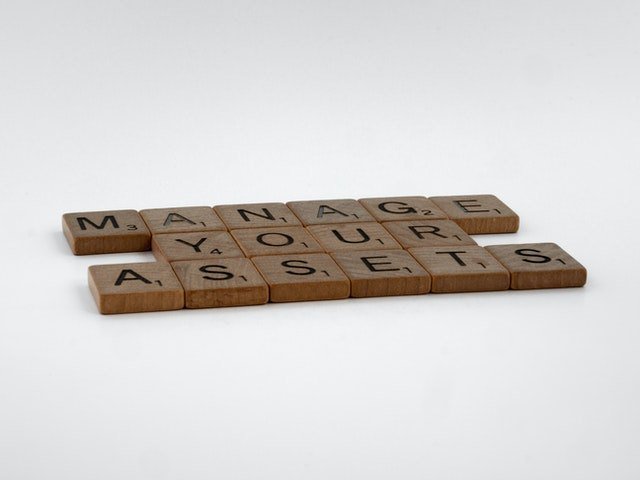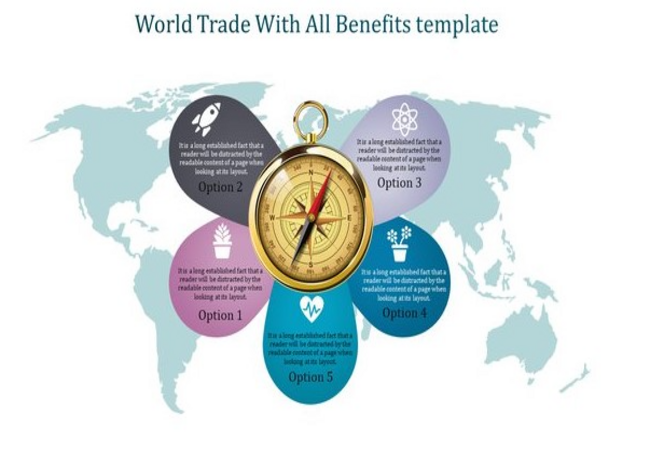Benefits & Processes of Asset Verification

Asset verification is an important part of accounting not just for the mortgages and real estate sectors but for all business sectors. Its helps outline buildings and other services needed; as well as the equipment and fixed assets, making it easier to compile a clear and compact asset register. It thus allows stakeholders to be fully informed about the assets to be maintained via a planned maintenance program.
Benefits of Asset Verification
Physical asset verification has a number of extremely important uses. For starters, it lets you ascertain whether a fixed asset exists outside the books or not. It also helps you discover fraud — the assets could be stolen, misused, or destroyed. You can also verify the location of the assets. In addition, having an electronic asset verification system helps you plan for maintenance and lease renewals; and facilitates a more accurate budget. It also helps you increase your return on capital investments while reducing operational costs as well as misappropriation of business assets. It has other benefits too. Leading aggregation and analytics provider Envestnet | Yodlee has introduced an electronic asset verification system that gives you access to account and transaction data in real-time, directly from financial institutions.
In addition to these benefits, electronic asset verification also saves you from being buried under a sea of paperwork. It minimizes the chances of lost records while opening up space that would have otherwise been taken by a mountain of pending and filed paperwork.
Types of Asset Verification Processes & Solutions
There are several processes and systems involved in asset verification. You can look for a simpler or a more complex solution depending on the sensitivity and security levels needed for your business as well as your budget.
- Creation of a Fixed Register: Creating a fixed register consists of making a detailed list of the business’s fixed assets. The register should contain accurate financial and accounting data for each existing asset.
- Fixed Asset Tagging: This process involves using an indelible labeling system to add trackable tags to each of the firm’s assets. This reduces pilferage.
- Deploying Asset Management Software: This process entails deploying a software system that can take care of tasks such as reports; depreciation calculation, uploading asset register files, ability to perform electronic verification and scanning, asset auditing, etc.
- Asset Valuation & Certification: Asset valuation entails a thorough and accurate valuation of buildings, machinery, and other fixed assets. It also covers assisting businesses in helping with the accounting systems needed for certifications for capital allowance claims.
- Waste Asset Disposal: This process involves handling the disposal of various types of obsolete, damaged, or excess assets.
- RFID (Radio Frequency Identification) System: Through this system, businesses can better leverage supply chains and monitor assets using tools such as chips and antennas.
Now that you know the importance of asset verification; make sure to research and implement a robust system for your business. It is certainly worth the investment. Reliable asset verification gives your accounting and audit systems and business both a boost and a sound foundation.

